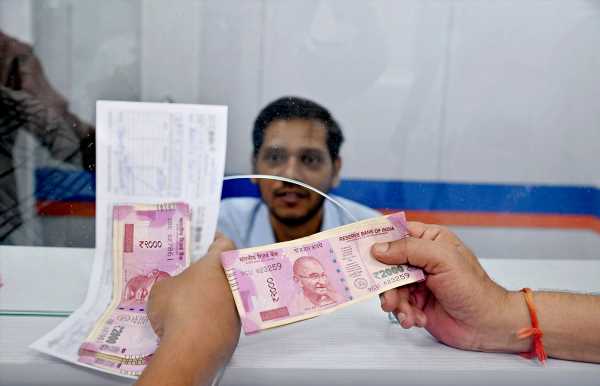‘…because it is still legal tender.’
Rama Subramaniam Gandhi, former deputy governor of the Reserve Bank of India, handled the currency management department during the demonetisation exercise of 2016.
The introduction of the Rs 2,000 note was a tactical one to remonetise the economy quickly, Gandhi tells Manojit Saha/Business Standard.
What could be the reason for withdrawing the Rs 2,000 note from circulation?
At the time when the Rs 2,000 denomination note was introduced, it was clear that it was a tactical decision because it does not go with the overall theme of demonetisation.
It was for quickly remonetising the economy such a high denomination was required.
Now that the requirement is no longer there and other denomination notes are available, it was good to withdraw these denominations.
RBI data showed that the circulation of such notes was coming down…
Every year the RBI releases the data. It was clear that the RBI had stopped printing that note.
Already half of such notes [Rs 2,000] have been withdrawn. So another 50 per cent is still in the market.
Is it right to call it the demonetisation of Rs 2,000 note?
We should not call it demonetisation because it is still legal tender.
Last time during demonetisation it was clearly announced that legal tender status was withdrawn.
This time they have clearly said the legal tender continues.
What happens after September 30, 2023 when the exchange/deposit window closes?
This notification does not talk about what happens after September 30.
The RBI may come out with a clarification closer to the date about what happens next.
According to your view, what could happen after September 30? Can the RBI withdraw the legal tender status?
There are many possibilities.
The RBI cannot say it will withdraw the legal tender status. That power is only with the government.
Only the government has the power to do that, not the Reserve Bank.
If by September 30, most of the Rs 2,000 notes come back, the RBI may then decide to accept it in specific locations.
If a sizable amount does not come back, the RBI can further extend the time.
So, the RBI has the power to extend the period to return the notes…
Yes, of course. Earlier also we have done that.
In 2013-2014, when we tried to withdraw the pre-2005 notes, we had repeatedly extended the time.
Was there a concern that the Rs 2,000 note was hoarded? Was there a concern on black money?
When the Rs 2,000 notes were introduced, it was clearly understood that it does not go with the overall theme of demonetisation.
That is why we took the decision of not printing any more. Now, the RBI is asking people to return (it) back.
Feature Presentation: Rajesh Alva/Rediff.com
Source: Read Full Article
-
India’s plan to produce ethanol from 2G sources delayed
-
German Consumer Confidence To Improve In November: GfK
-
Amazon Developing ‘Lord Of The Rings’ MMO Game
-
DART Mission Impact Changed Asteroid’s Motion In Space, NASA Confirms
-
‘Black Panther’, ‘Mysterious Benedict Society’ Actor Seth Carr Signs With Gersh




